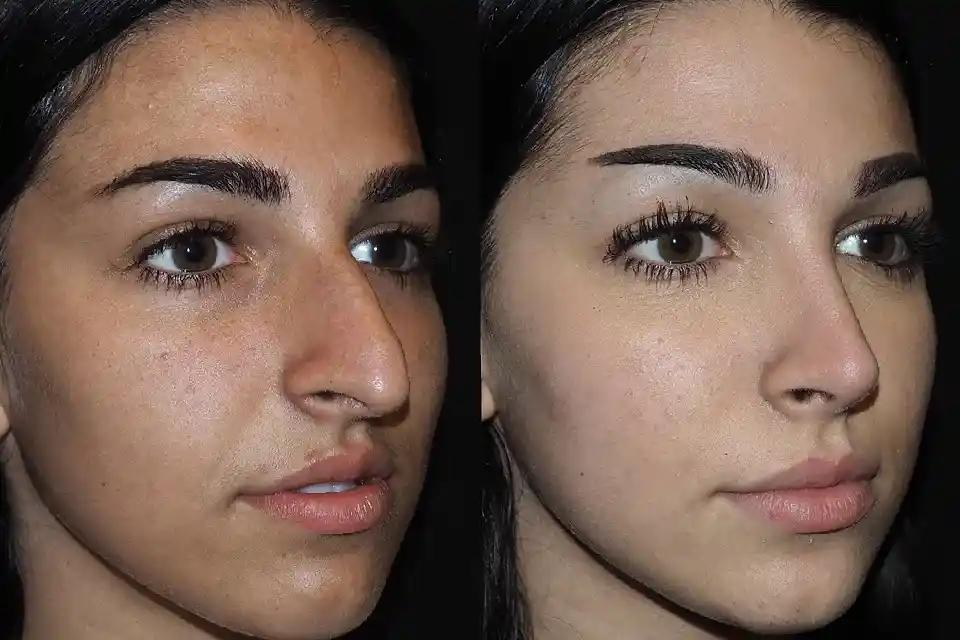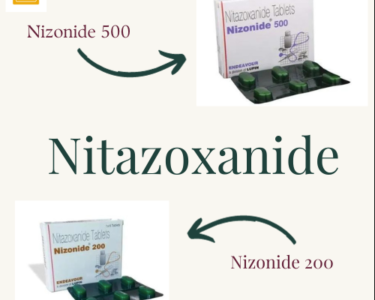Introduction
A crooked nose can affect both the appearance and function of your nose, leading to self-consciousness and potential breathing difficulties. Whether caused by genetics, injury, or a previous surgery, a crooked nose can be effectively corrected through rhinoplasty. If you’re considering rhinoplasty in Dubai, it’s essential to understand how this procedure can help you achieve a straighter, more balanced nose while improving overall facial harmony.
What Causes a Crooked Nose?
A crooked nose can result from various factors, including:
- Genetics: Some individuals are born with a nose that naturally deviates to one side.
- Injury or Trauma: A broken nose or facial injury can cause the nasal bones or cartilage to heal in a misaligned position, leading to a crooked appearance.
- Previous Surgery: A poorly performed rhinoplasty or other nasal surgery can sometimes result in a crooked nose.
- Deviated Septum: A deviated septum, where the wall dividing the nasal passages is off-center, can cause the nose to appear crooked and lead to breathing difficulties.
Rhinoplasty Options for Correcting a Crooked Nose
There are several rhinoplasty techniques available to correct a crooked nose, depending on the underlying cause and the patient’s aesthetic goals. Here are the most common options:
- Rhinoplasty Nose Surgery: This is the standard approach to correcting a crooked nose. The procedure involves reshaping the nasal bones, cartilage, or both to achieve a straighter appearance. The surgeon may need to break and realign the nasal bones or use cartilage grafts to support and refine the nose’s structure.
- Male Rhinoplasty: Male rhinoplasty is tailored to address the specific needs of men who wish to correct a crooked nose while maintaining a masculine appearance. The goal is to achieve a straight, well-proportioned nose that enhances the overall facial structure without appearing overly refined or feminine.
- Ethnic Rhinoplasty: Ethnic rhinoplasty focuses on correcting a crooked nose while preserving the patient’s cultural identity. This type of rhinoplasty requires a surgeon with experience in respecting the unique nasal characteristics of different ethnicities while achieving the desired alignment and balance.
- Revision Rhinoplasty: For patients who have had previous nasal surgery that resulted in a crooked nose, revision rhinoplasty may be necessary. This procedure is more complex than primary rhinoplasty and requires a surgeon with significant expertise in correcting the issues caused by the initial surgery. Revision rhinoplasty often involves repositioning or reconstructing the nasal bones and cartilage to achieve a straighter appearance.
- Asian Rhinoplasty: Asian rhinoplasty addresses the specific needs of Asian patients, who may have different nasal structures compared to other ethnic groups. A crooked nose in Asian patients may require augmentation or refinement of the nasal bridge and tip to achieve a more balanced appearance while maintaining cultural integrity.
- Septoplasty: If a deviated septum is contributing to the crooked appearance of the nose, septoplasty may be necessary as part of the rhinoplasty procedure. Septoplasty corrects the alignment of the septum, improving both the appearance of the nose and the patient’s ability to breathe.
The Surgical Process
Correcting a crooked nose through rhinoplasty typically involves the following steps:
- Consultation: During the initial consultation, the surgeon will evaluate the extent of the crookedness, discuss your aesthetic goals, and determine the best approach to achieve the desired results. In Dubai, surgeons often use advanced imaging technology to show you a preview of what your nose could look like after surgery.
- Surgical Plan: Based on the consultation, the surgeon will develop a personalized surgical plan. This plan may involve breaking and resetting the nasal bones, repositioning cartilage, or using grafts to support the nasal structure.
- Procedure: The surgery is typically performed under general anesthesia and can take several hours, depending on the complexity. The surgeon will make precise incisions, often inside the nostrils to minimize visible scarring, and carefully adjust the nasal structure to create a straighter appearance.
- Recovery: After surgery, patients can expect some swelling and bruising, which will gradually subside over a few weeks. The final results of the rhinoplasty will become more apparent as the healing process progresses.
Rhinoplasty Cost in Dubai
The rhinoplasty cost in Dubai can vary depending on the complexity of the procedure, the surgeon’s experience, and the specific needs of the patient. Correcting a crooked nose, particularly if it involves a deviated septum or revision surgery, may increase the cost due to the additional surgical time and expertise required. However, investing in a skilled surgeon is crucial for achieving the best possible outcome.
Conclusion
Correcting a crooked nose through rhinoplasty can dramatically improve both the appearance and function of your nose, enhancing your confidence and quality of life. Whether you need a standard rhinoplasty, male rhinoplasty, ethnic rhinoplasty, or revision rhinoplasty, choosing the right surgeon is essential. For those considering rhinoplasty in Dubai, working with one of the best plastic surgeons in Dubai ensures that you receive expert care and achieve a result that is both aesthetically pleasing and functionally sound.







